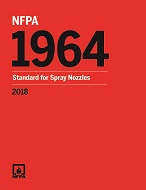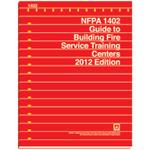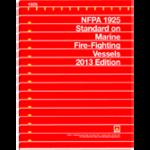Click here to purchase
Prevent deflagration explosions due to combustible dust particles, gases or vapors with NFPA 69.
Combustible dust, gases and vapors produced in industrial settings can pose a significant safety hazard. NFPA 69: Standard on Explosion Prevention Systems offers definitive guidance on explosion protection and prevention systems.
This document is applicable to woodworking, grain processing (including sugar) and machining facilities, where combustible dust can spark explosions. It also covers facilities in which flammable liquids are used or petrochemical processing takes place — and explosions due to combustible gases or vapors are a concern.
NFPA 69 has widespread applicability. Among the equipment protected are pipes, ductwork, vents, dust collection systems and granaries. In addition, systems for explosion prevention, explosion isolation, oxidant concentration control, fuel concentration control and ignition control are all designed in accordance with this standard.
The 2014 edition of NFPA 69 features:
- Easier-to-understand explanations
- Compatibility with NFPA 3: Recommended Practice for Commissioning and Integrated Testing of Fire Protection and Life Safety Systems terminology and other standards
- Updated references and abstracts
- New requirements for flow-actuated flap valves
- A new annex on deflagration containment for two interconnected vessels
It also provides valuable insight on:
- Installing an explosion isolation valve or system
- Designing equipment to contain an explosion
- Controlling your process to ensure an explosive atmosphere doesn’t develop
- Installing an explosion suppression system
- Controlling ignition sources in your process before an explosion occurs
NFPA 69 is an essential resource for system designers, safety officers, insurers, municipal and state inspectors, and other professionals.
Product Details
- Published:
- 12/02/2013
- ISBN(s):
- 9781455908479
- Number of Pages:
- 87


